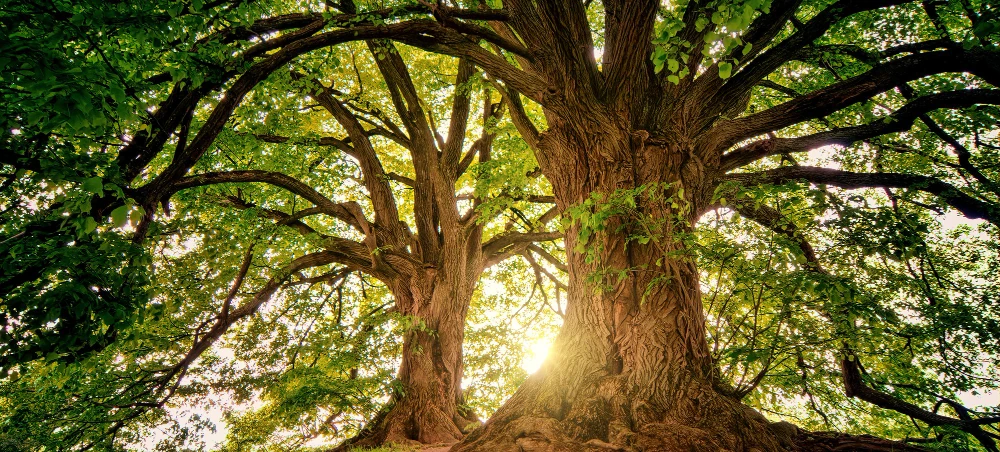„Trees as a priority in climate policy”
nr katalogowy: 153164
10.15199/2.2025.3.1
Streszczenie
Do tej pory zidentyfikowano 64 tysiące gatunków drzew, a prawdopodobnie ponad 9 tysięcy wciąż czeka na odkrycie. Ponad jedna trzecia gatunków drzew jest zagrożona wyginięciem. Badania wskazują, że zalesianie może być jeszcze bardziej efektywną metodą redukcji emisji CO2 i ochrony ekosystemów. Zalesianie nie tylko pomaga w walce ze zmianami klimatycznymi, ale także wspiera bioróżnorodność, oferując siedliska dla wielu gatunków. W przeciwieństwie do innych praktyk takich jak uprawa roślin energetycznych, zalesianie przynosi korzyści zarówno w kontekście ochrony klimatu, jak i zachowania naturalnych ekosystemów. Ochrona i odbudowa lasów powinny stać się priorytetem w politykach klimatycznych, ponieważ stanowią one kluczowy element w walce z kryzysem bioróżnorodności i zmianami klimatycznymi.
Abstract
So far, 64,000 species of trees have been identified, and it is likely that over 9,000 species are still waiting to be discovered. More than one-third of tree species are at risk of extinction. Studies suggest that reforestation may be an even more effective method for reducing CO2 emissions and protecting ecosystems. Reforestation not only helps in the fight against climate change but also supports biodiversity by providing habitats for many species. Unlike other practices, such as the cultivation of energy crops, reforestation offers benefits both in terms of climate protection and the preservation of natural ecosystems. The protection and restoration of forests should become a priority in climate policies, as they are a key element in addressing the biodiversity crisis and climate change.
Słowa kluczowe / Keywords
Bibliografia
1] Beech E., Rivers M., Oldfield S., Smith P. P. 2017. Global Tree Search: The first complete global database of tree species and country distributions. Journal of Sustainable Forestry 36: 454–489.https:// doi.org/10.1080/10549811.2017.1310049
[2] BGCI 2021. State of the World’s Trees. BGCI, Richmond, UK. https://www.bgci.org/wp/wp-content/ uploads/2021/08/FINAL-GTAReportMedRes-1. pdf, dostęp 22.02.2025
[3] Bologna M., Aquino G. 2020. Deforestation and world population sustainability: a quantitative analysis. Scientific Reports 10:7631.https://doi.org/10.1038/ s41598-020-63657-6
[4] Cazzolla Gatti R., Reich P. B., Gamarra J. G. P., Crowther T., Hui C. et al. 2022. The number of tree species on Earth. Proceedings of the National Academy of Sciences of the United States of America; 119(6):e2115329119. DOI: 10.1073/pnas.2115329119
[5] Crowther T. W., Glick H. B., Covey K. R., Bettigole C., Maynard D. S., et al. 2015. Mapping tree density at a global scale. Nature 525(7568): 201−205.DOI: 10.1038/nature14967
[6] Ehrlich P. R., Wilson E. O. 1991. Biodiversity Studies: Science and Policy. Science 253: 758-762.DOI: 10.1126/science.253.5021.758
[7] May R. M. 1994. Conceptual aspects of the quantification of the extent of biological diversity. Philos. Trans. R. Soc. Lond. B Biol. Sci. 345, 13–20. OI: 10.1098/rstb.1994.0082
[8] Smith J. R., Beaury E. M., Cook-Patton S. C., Levine J. M. 2025. Variable impacts of land-based climate mitigation on habitat area for vertebrate diversity. Science387(6732):420-425. DOI: 10.1126/science. adm9485
